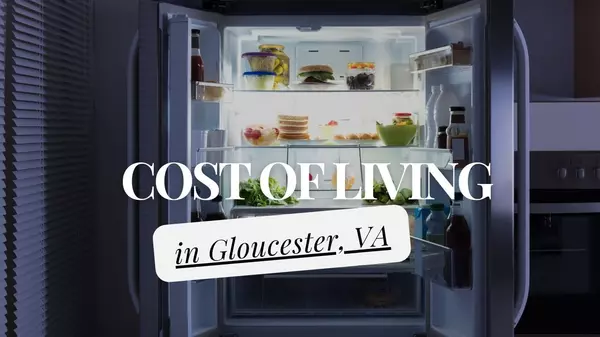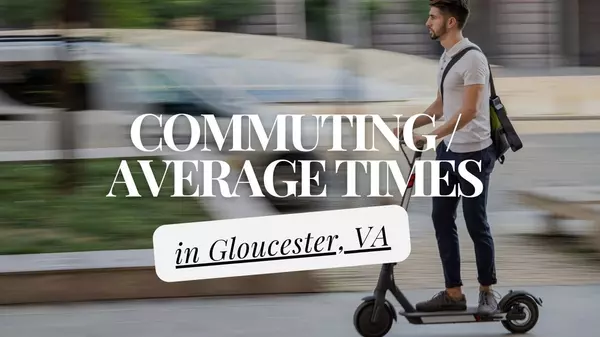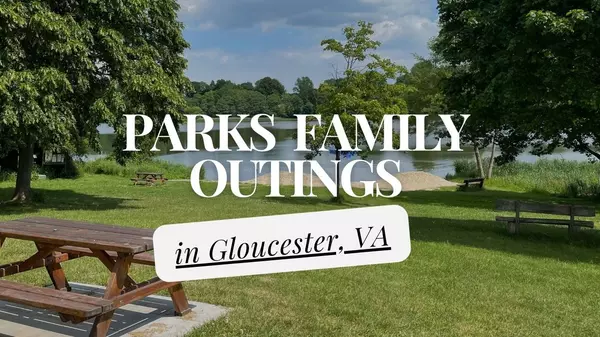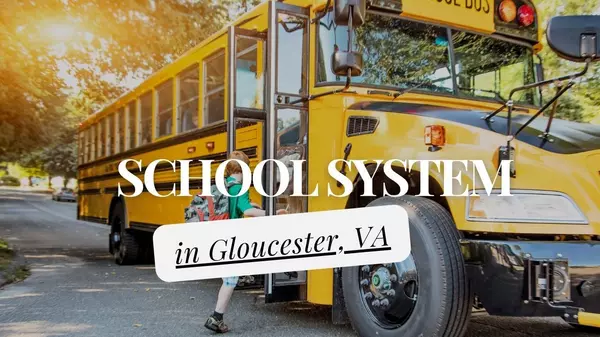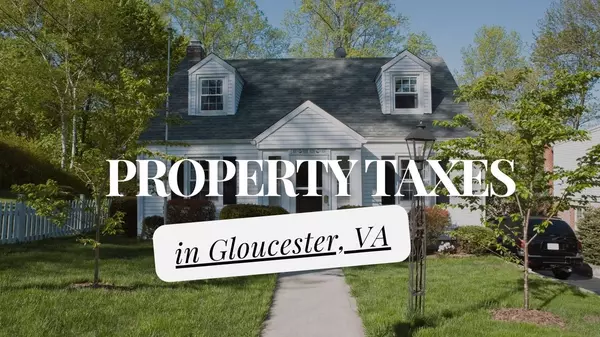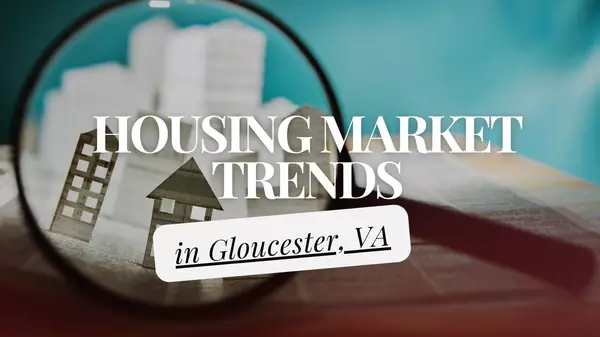Commuting from Gloucester: Options and Average Times

Average Travel Times Commuting from Gloucester
Gloucester, Virginia, offers a quiet, rural lifestyle with the benefit of proximity to several major cities and employment hubs. Whether you're commuting for work, school, or leisure, Gloucester provides multiple transportation options. Here’s what you need to know about commuting from Gloucester, including average travel times and the best routes for various destinations.
1. Commuting to Hampton Roads
One of the most common commuting destinations for Gloucester residents is the Hampton Roads region, which includes cities like Newport News, Hampton, and Norfolk. The commute typically involves crossing the York River via the George P. Coleman Memorial Bridge (Route 17).
- Newport News: Approximately 30-40 minutes (22 miles via US-17 South).
- Hampton: Around 40-50 minutes, depending on traffic (26 miles via US-17 South and I-64 East).
- Norfolk: About 1 hour to 1 hour 15 minutes, with potential congestion (40 miles via US-17 South and I-64 East).
Key Considerations: Traffic congestion can vary depending on the time of day, especially when crossing the Coleman Bridge. Tolls on the Coleman Bridge apply during peak times, but toll discounts are available for residents through E-ZPass.
2. Commuting to Richmond
Richmond, the capital of Virginia, is another major commuting destination for Gloucester residents. The trip involves crossing the York River and traveling west via highways.
- Richmond: Approximately 1 hour to 1 hour 15 minutes (57 miles via US-17 North and I-64 West).
Key Considerations: The drive to Richmond is relatively straightforward, though traffic can build up around I-64 near the Richmond area, particularly during rush hours. Leaving earlier or later in the morning can help avoid the heaviest traffic.
3. Commuting to Williamsburg
Williamsburg is a popular commuting destination for Gloucester residents, especially for those working in education, tourism, or healthcare.
- Williamsburg: About 45-50 minutes (33 miles via US-17 South and VA-33 West).
Key Considerations: The drive to Williamsburg is relatively smooth with minimal traffic disruptions. Colonial Williamsburg and the College of William & Mary are key employment hubs in this area.
4. Public Transportation Options
While most Gloucester residents rely on personal vehicles for commuting, there are public transportation options available for those commuting to the Hampton Roads area.
- Hampton Roads Transit (HRT): The nearest HRT bus routes start in Newport News, and connecting routes can take commuters into Hampton, Norfolk, and other areas.
- Amtrak: For longer-distance travel, the Amtrak station in Newport News connects Gloucester commuters to other parts of Virginia and major East Coast cities.
5. Carpooling and Ride Sharing
Carpooling and ride-sharing services are becoming increasingly popular for Gloucester commuters, particularly for those heading into Hampton Roads and Richmond. Joining a carpool or vanpool can help reduce the cost of tolls, gas, and wear on your vehicle. Additionally, ride-sharing apps like Uber and Lyft operate in the Gloucester area, though availability may vary depending on the time of day.
- Vanpools: Several vanpool services run between Gloucester and Hampton Roads. These can be a convenient and cost-effective way to commute while reducing your environmental impact.
6. Telecommuting and Hybrid Work Options
With the rise of remote work and hybrid work models, more employers are offering telecommuting options for Gloucester residents. Many Gloucester professionals now work from home either full-time or part-time, reducing the need for daily commuting and offering greater work-life balance. If your employer supports remote work, Gloucester’s reliable high-speed internet providers ensure that you can work effectively from home.
7. Commuting Considerations
While commuting from Gloucester can offer access to major employment hubs, it’s important to keep a few things in mind:
- Bridge Tolls: The Coleman Bridge has tolls in place during peak times for southbound traffic into Hampton Roads. Using E-ZPass can make toll payments easier, and discounts are available for frequent users.
- Traffic: Commuters should be aware that traffic congestion can vary, especially during rush hours. Checking live traffic updates or using navigation apps like Waze or Google Maps can help plan the fastest route and avoid delays.
- Parking: If you are commuting to cities like Richmond or Norfolk, keep parking availability in mind. Many urban areas have limited parking, and it may be beneficial to consider park-and-ride options or public transportation for the last leg of your journey.
8. Final Thoughts on Commuting from Gloucester
Commuting from Gloucester, VA, offers residents the chance to enjoy rural living while still being connected to major cities and job markets. With options for driving, carpooling, and public transportation, many Gloucester residents find that the commute is a reasonable trade-off for the area’s lower cost of living and relaxed lifestyle.
Whether you're heading to Hampton Roads, Richmond, or Williamsburg, planning your route, staying informed about traffic, and considering toll costs will help make your daily commute smoother and more efficient.
Categories
Recent Posts




